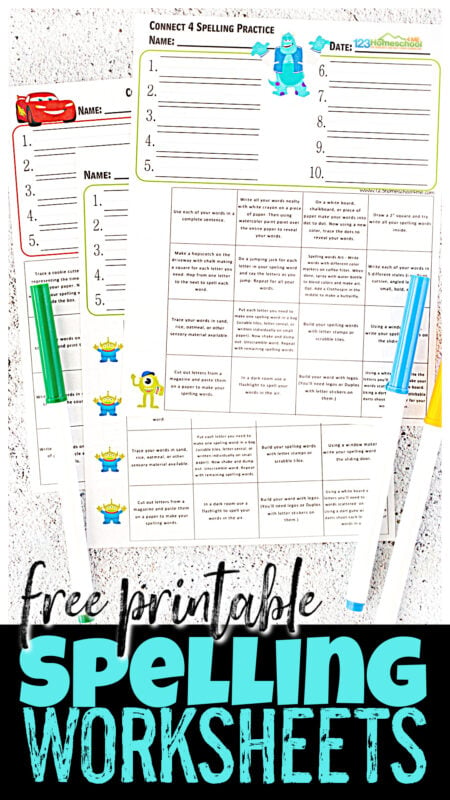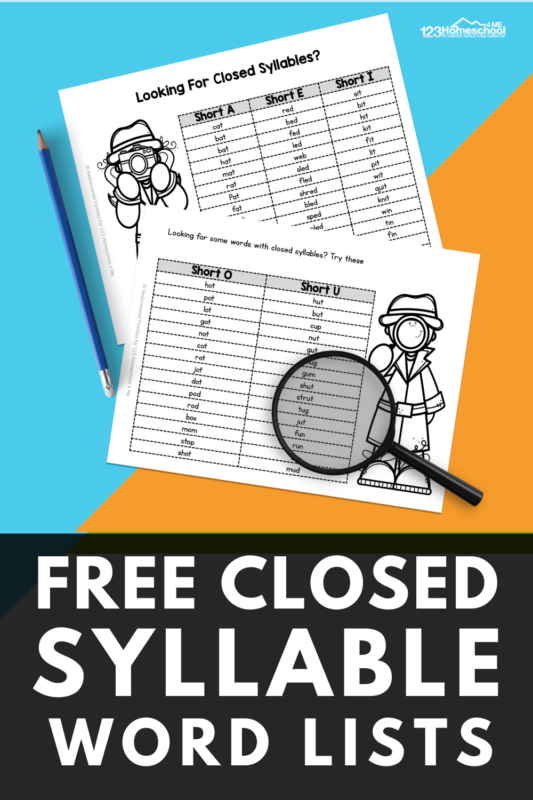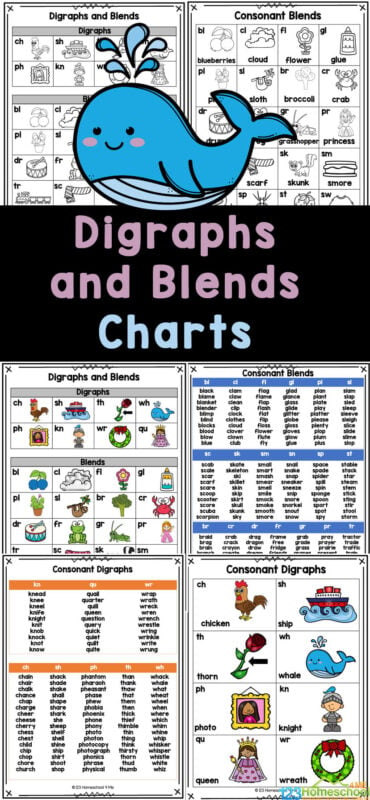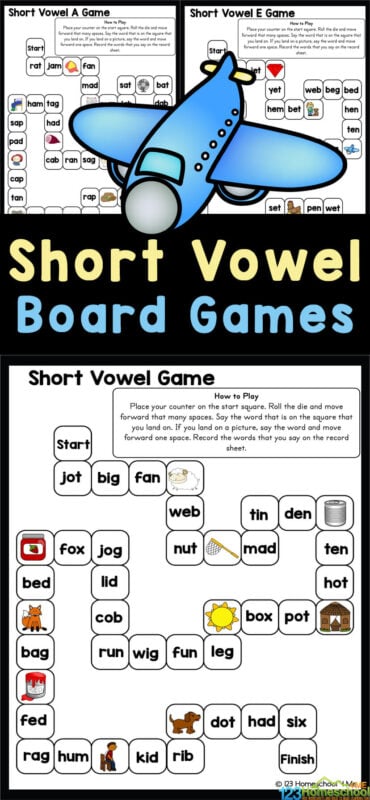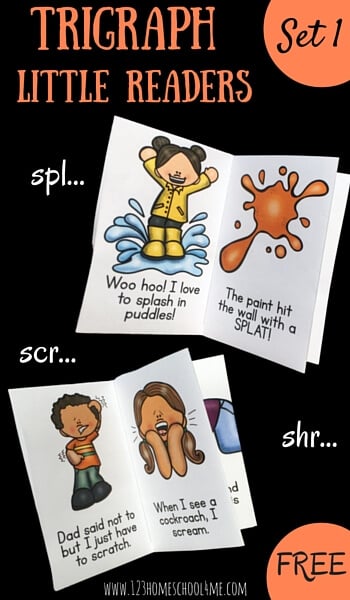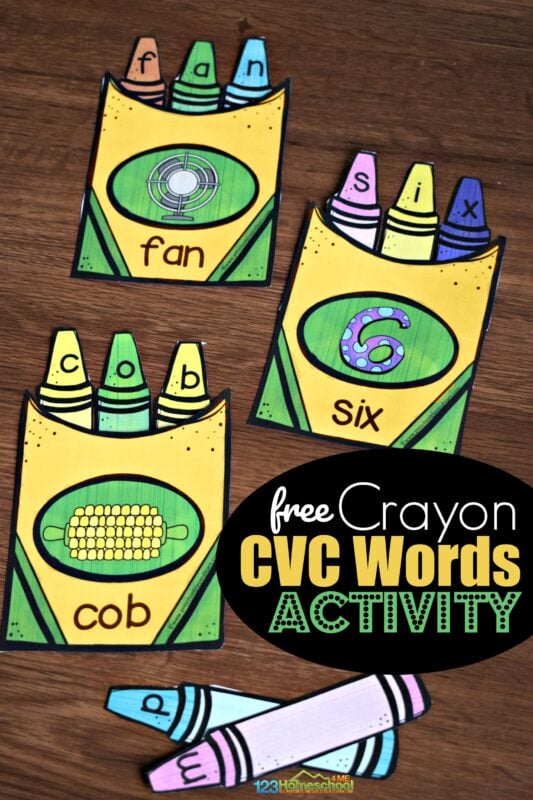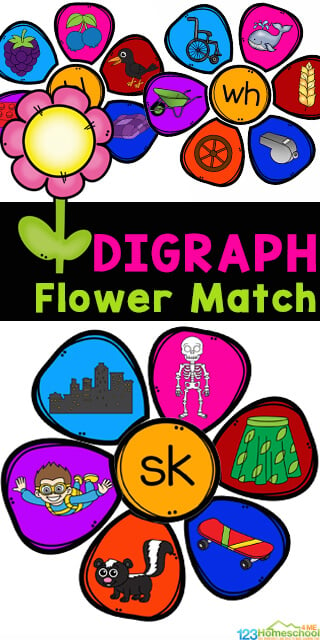As you teach your first grade students phonics, they will come upon theschwa sound.
You may be wonderingwhat is the schwa soundand why does it matter.
Ive got you covered!

Its called the schwa sound.
Wondering what that is?
In this post, well explain what the schwa sound is and why its helpful for students to learn.

Plus dont miss ourschwa words activities, lots of funenglish activities, and free1st grade worksheets.
The schwa sound appears in many English words and can be tricky for young learners to grasp.
What Is The Schwa Sound?

The schwa is Englishs most frequent vowel sound, appearing in about one breve out of every five words.
This symbol stood for a neutral sound that wasnt stressed when speaking.
Because the schwa sound is so common in English, it can be difficult for language learners to recognize.

The schwa sound can be found mostly inmulti-syllable words.
The schwa sound will be found in the unstressed syllable.
Its also worth mentioning that the way the schwa is used can vary depending on the dialect.

For example, some speakers may pronounce the word sofa with a short A at the end.
Others (including myself) reduce that sound to a schwa, saying sofuh.
This variation is often based on regional differences or how someone learned to pronounce the word.

We call these stressed syllables.
On the other hand, we speak unstressed syllables more quickly and softly.
This is why the schwa sound is so common in English.

Most words with more than one syllable have both stressed and unstressed syllables.
You usually find the schwa in the unstressed parts of these words.
There is no simple rule for how to spellthe schwa, making it hard to teach.

The best approach is to give students plenty of practice and exposure.
However, there are several ways to make it easier for students to understand and recognize the schwa sound.
Ask them to pretend theyre calling a pet.

You instinctively raise your voice for the stressed syllable when you do this.
Marking Syllables
Its also useful to show students how to mark the syllables.
I also encourage students to label a schwa syllable with the schwa symbol ().

Or, they can underline it like I did in the free printable word list.
It is helpful to organize schwa examples based on each vowel letter.
For each vowel, start by giving examples of when the same vowel makes a short or long sound.

Then, compare it with examples of when the same vowel makes a schwa sound.
Explain how the vowel behaves differently in each case.
Encourage students to find more examples and sort them into examples of long, short, or schwa vowels.

To really help students focus on the schwa sound, try having them emphasize the sound while practicing.
Encourage students to pronounce the syllable as if it were the most important part of the word.
For example, instead of saying buh-loon, have them say BALL-oon to emphasize the unstressed vowel.
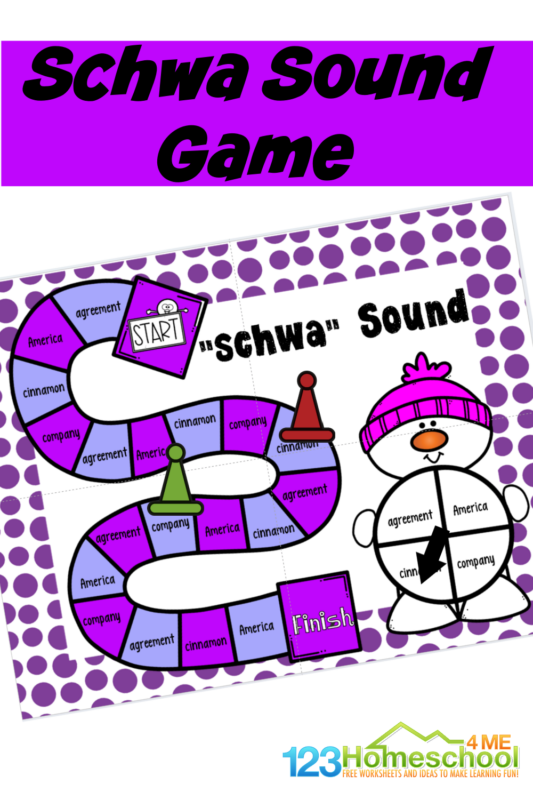
This playful approach helps students focus on spelling, making it easier for them to remember tricky schwa words.
This approach will help them get a feel for when the schwa is likely to appear in words.
The focus should be on steady improvement rather than expecting perfection right away.
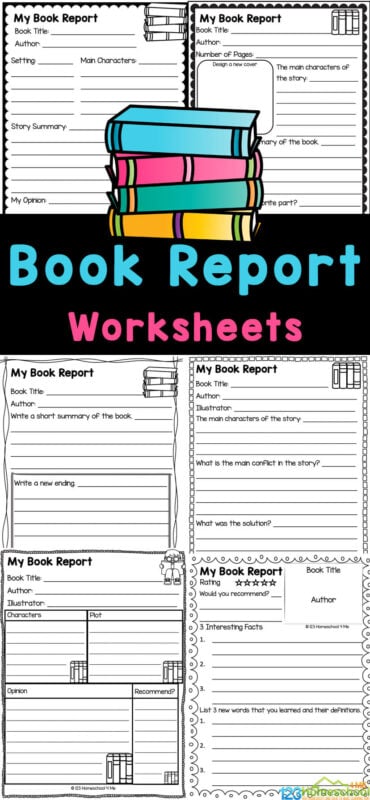
The more they engage with schwa words, the more comfortable they will become.
Add a paperclip to each fish.
Create a simple fishing rod with a stick, twine, and magnet.
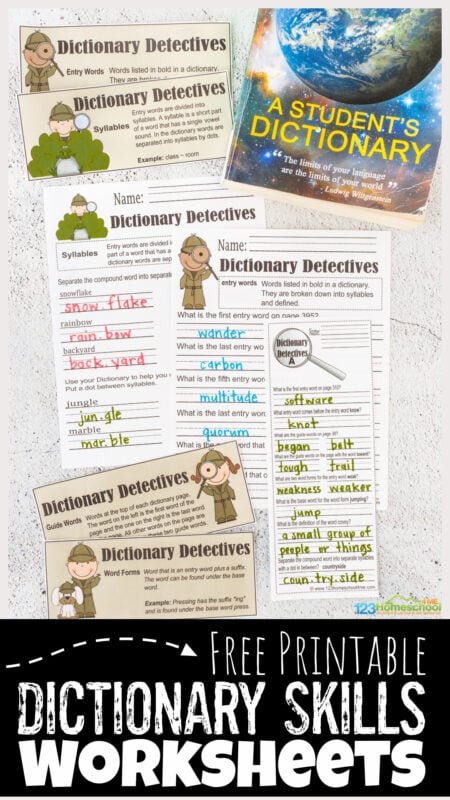
Have the children fish for a word and sort them.
Expand this activity by inviting detectives to write down some Schwa sound words they find.
4- Schwa Sound Art Exhibition
Provide a variety of art supplies.

Ask children to create pictures of Schwa words.
They could illustrate them or create a collage.
Create a Schwa sound art exhibition to display their work.

They could list them by vowel sounds.


